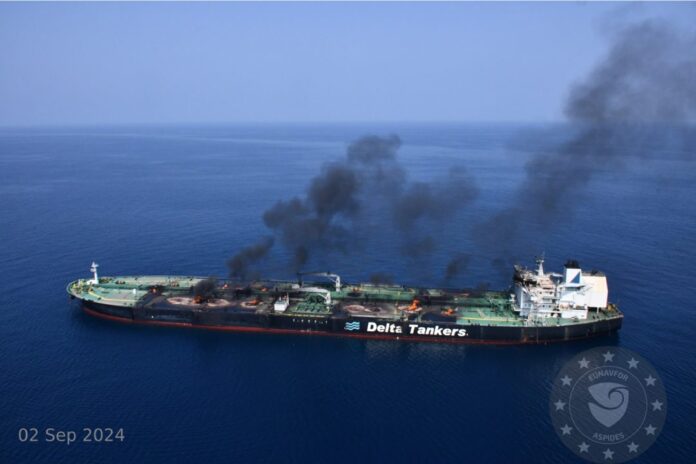By Andrew Rolander*
The US Army should consider borrowing a page from the playbook of Yemen’s Houthi militants. The character of war is always changing, and the Houthis’ ongoing attacks against shipping in the Red Sea may prove to be one of the more significant inflection points in military history. (The Australian Strategic Policy Institute. The Strategist.)
